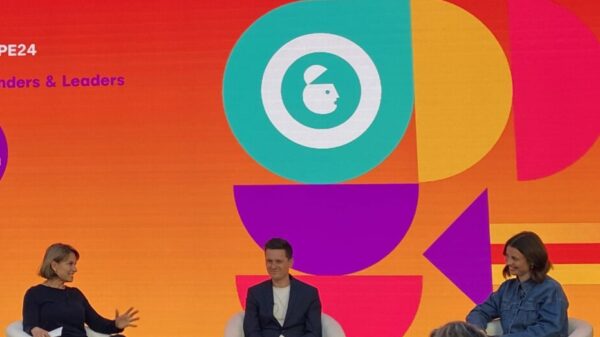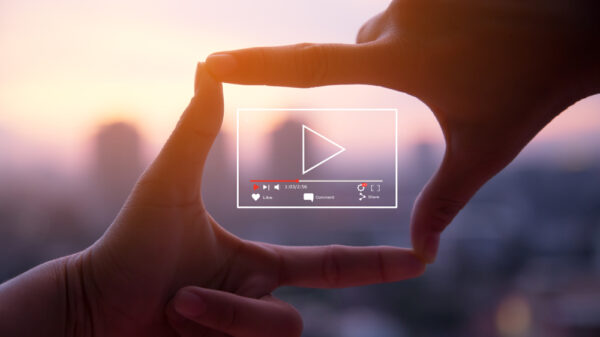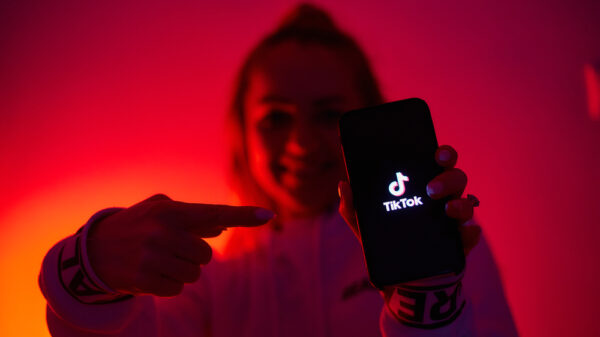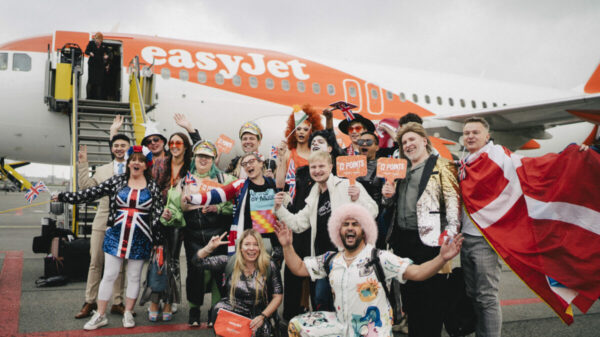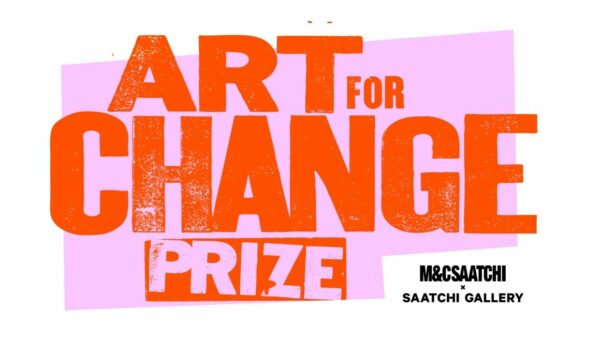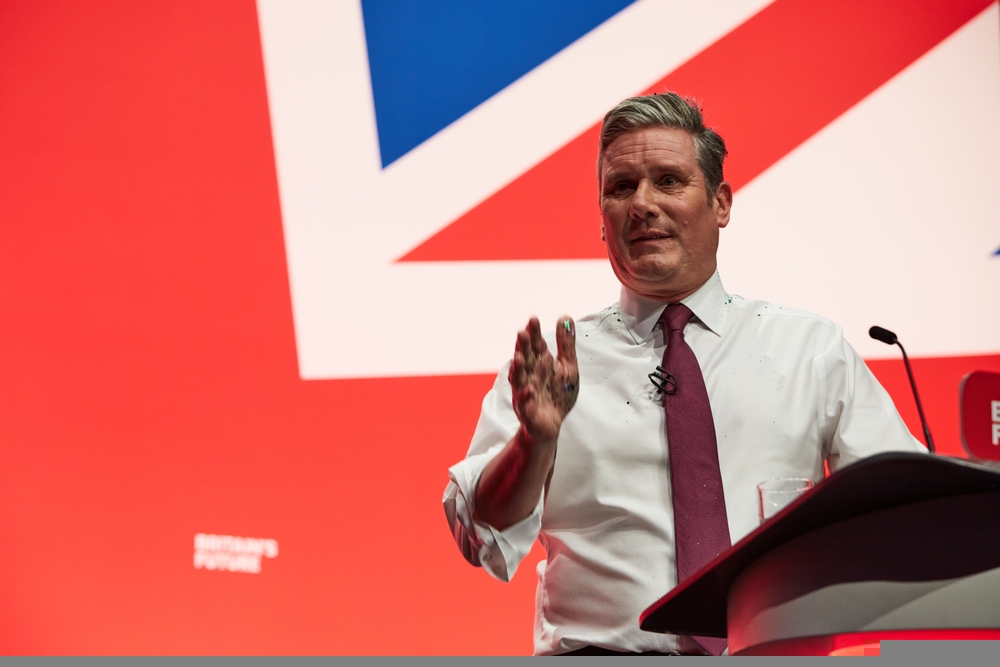2022 was a revolutionary year for digital advertising. Headlines about social media platforms may have been stolen by Elon Musk’s takeover of Twitter, but behind the scenes the way that users engage with social content was undergoing an irreversible shift.
In the third quarter of last year, traditional giants of digital advertising lost ground for the first time. Meta reported around 5% loss on ad revenues; for YouTube it was 2%. The once ubiquitous Snapchat saw a whopping 80% loss.
Partly, this slowdown can be explained by stringent new privacy requirements which made targeting tools – those reliable money spinners – far less effective.
But it doesn’t explain the whole picture. Across the digital advertising space in general in 2022, there was double digital growth – just not in the traditional channels.
With this changing landscape in mind, Andrea Scotti Calderini, CEO and co-founder of Freeda – which boasts an online community of over 10 million and works with brands including KFC, Gucci, Lavazza and Armani – shares his take on the defining trends for social advertising in 2023.
Personalisation overtakes the social network
TikTok was the elephant in the room for both social media platforms and brands throughout 2022. The short-form content sensation’s annual revenue from ads was more than $11 billion, a 200% yearly increase.
Its tremendous growth came at the expense of more established rivals. But this went beyond market competition – a new wave of content production and engagement has arrived and won’t be going anywhere soon.
TikTok has reshaped how young people receive content, with an algorithm based specifically on their interests, what they like and what they want to be entertained by. The traditional approach, of being exposed to content circulating within your social network, whether of interest or note, that the likes of Facebook have relied on for years, has fallen into a distant second place as people’s hunger for personalised content grows.
Expect 2023 to see this boom in producing personalised content continue at pace.
Embracing the feedback loop
Previously, a brand’s dialogue was a lot more conceptual – a TV advert, a billboard, or a magazine feature with one big moment.
Now, the dialogue between consumers and brands is a very real and tangible conversation. And these conversations have been shown to directly correlate with transactions, web traffic and conversion.
Subscribe to Marketing Beat for free
Sign up here to get the latest marketing campaigns sent straight to your inbox each morning
2023 will see brands increase their focus on testing different types of content, learning what attracts their audience via the platforms and algorithms their audiences engage with.
Rather than using individual campaigns and activations, brands will embrace a continuous feedback loop, as users let platforms know what does and doesn’t work for them.
This fine-tuning process ultimately means that brands can create content that genuinely engages and captures the interest of the target consumer, but also requires a shift in how they approach content production. Think bigger teams and more investment.
Data-informed, not data-led
Stringent new privacy requirements mean platforms need to ask permission to track consumer data. This may seem like a technical detail, but in fact will hasten a step change in how brands using those platforms engage with their audiences.
To gather insights in 2023, taking a scattergun approach – simply pushing content into a network and relying on social interaction to spread it, capturing data as you do – will be replaced by ‘art’. This takes a more creative approach to making content that people want to see, sometimes before they even know that they do.
To capture a piece of the pie, brands will increasingly need to understand their target consumer on a deeper level. The coming year, then, will see brands – and indeed social media platforms – re-evaluate the tools they have at their disposal to engage with audiences.
2023; variations on a theme
Summing up, TikTok’s continued rise shows that the interest economy is here to stay. Social media users are increasingly receiving content based on what they like (not necessarily who they’re connected to) and traditional approaches to ad spend have lose their edge.
In 2023, if marketing departments are to keep up in this new social media world order, they must foster the highest possible levels of creativity within their own teams, organically growing their communities through shared interests and close feedback.
And isn’t that what social media was meant to be for, in the first place?


